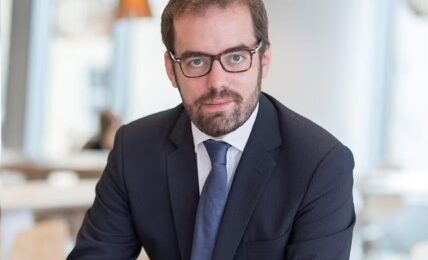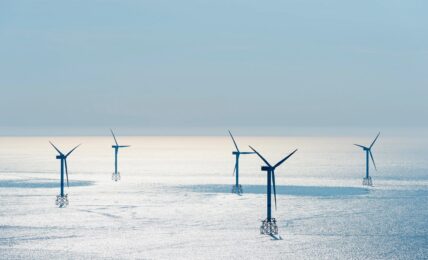Sweden-based electricity and heat provider Vattenfall and low carbon cement startup Cemvision announced today a new agreement for the supply and development of cement with a reduced carbon footprint of as much as 95%.
Building materials are a key source of global greenhouse gas emissions. Cement production, an ingredient in concrete, accounts for approximately 8% of global carbon dioxide emissions, with over 900 kg of CO2 emissions generated for every 1000 kg of material produced.
Founded in 2020 by Paul Sandberg, Claes Kollberg and Marcus Olsson, Sweden-based Cemvision provides an alternative to traditional Portland cement, produced using raw materials recycled from industrial waste instead of virgin limestone, and utilizing kilns powered by green electricity at much lower temperatures, with a 95% lower carbon footprint. According to the company, its solution provides a series of additional benefits over traditional cement products, including early compressive strength, allowing for shorter construction times, as well as ultra-low heat and high chemical resistance.
Cemvision CEO Oscar Hållén said:
“We are delighted to deepen our partnership with Vattenfall and to welcome them to our growing customer base. Already today in our demo production, we are reducing carbon emissions by 80%, and as we optimise processes and supply chain, we will reduce by up to 95% by 2030. Near-zero emission cement is the most efficient way to achieve significant climate benefits without increasing the overall cost of a construction project.”
Under the new agreement, Vattenfall as well as its subcontractors could become new customers for Cemvision’s low carbon cement, with potential applications including use as foundations for wind power turbines, power distribution and prefabricated concrete elements.
Vattenfall is a founding member of the First Movers Coalition (FMC), a coalition of companies committed to creating early markets for clean technologies addressing hard-to-abate sectors, and has pledged that at least 10% of its cement or concrete purchases will be as close to zero emissions as possible by 2030.
Annika Ramsköld, Head of Sustainability, Vattenfall, said:
“Vattenfall is very positive about participating in the development of a market for near-zero emission cement by creating demand as a customer. We can also contribute with product verification at our concrete laboratory. The global impact of cement production makes it necessary to find a way forward with as low carbon emissions as possible, the climate and the future of construction demand it.”



